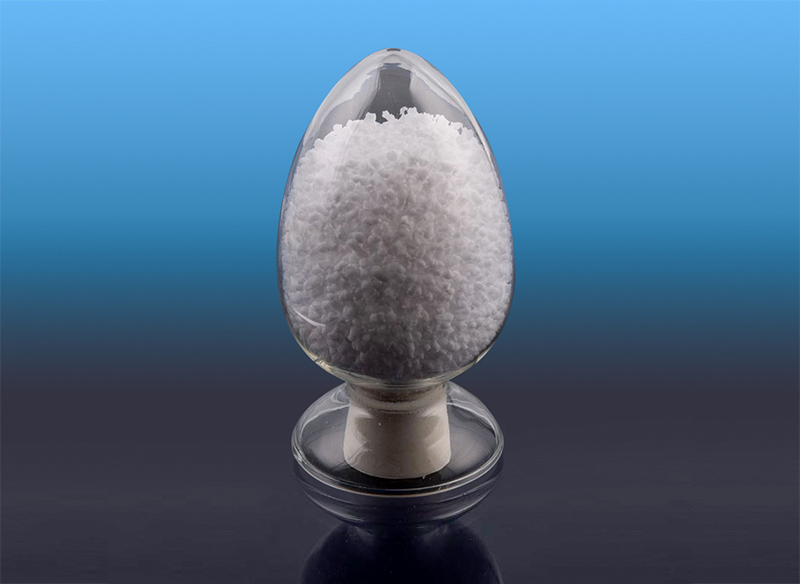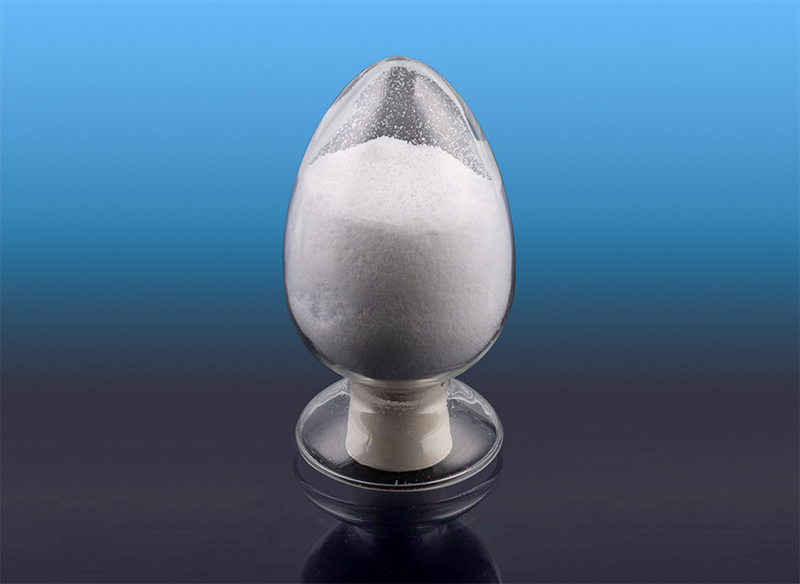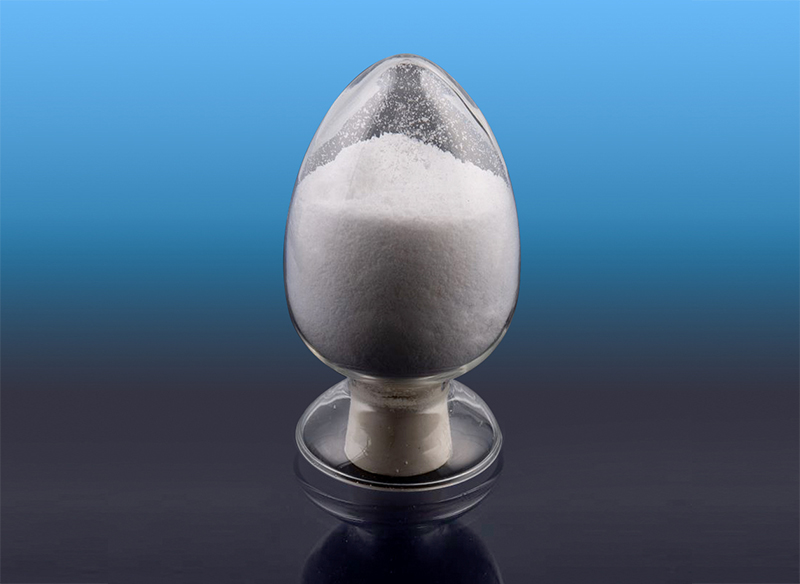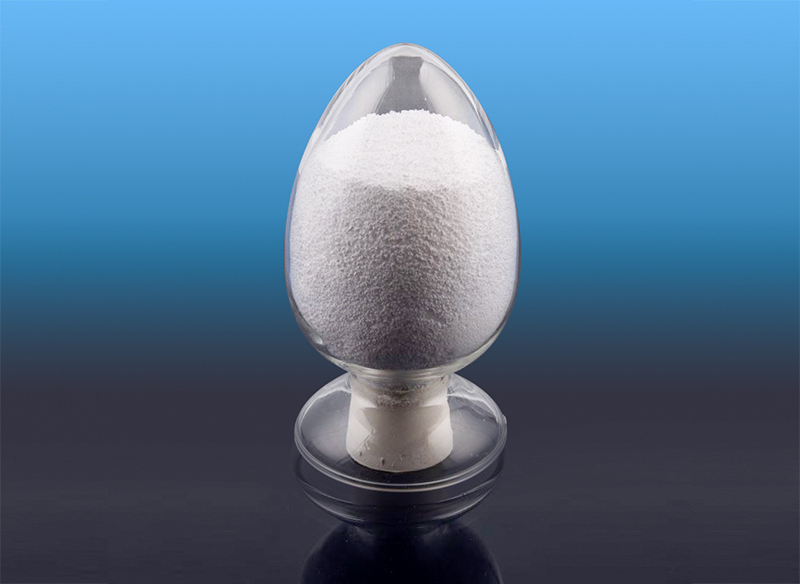What are the key applications of SBS in footwear and adhesive industries?
Styrene-Butadiene Block Copolymer (SBS) is a widely used thermoplastic elastomer that combines the elasticity of rubber with the processability of plastic. Its block copolymer structure, consisting of hard styrene and soft butadiene segments, provides excellent flexibility, resilience, and adhesion characteristics. These properties make SBS a versatile material across multiple industries, particularly in footwear and adhesive manufacturing, where both mechanical performance and material compatibility are crucial.
SBS in Footwear Production
In footwear manufacturing, SBS plays a critical role in both comfort and structural performance. It is primarily used in shoe soles, midsoles, and outsoles, where flexibility, abrasion resistance, and cushioning are essential. The ability of SBS to maintain elasticity across a wide temperature range allows shoes to retain their form and comfort under varying environmental conditions. The polymer’s lightweight nature also contributes to improved ergonomics and reduced fatigue for the wearer.
Key Advantages of SBS in Footwear
- Excellent slip and impact resistance, improving outsole durability and safety.
- Soft tactile feel and flexibility, enhancing walking comfort.
- Compatibility with injection molding and extrusion, supporting mass production efficiency.
- Recyclability and reprocessability, aligning with sustainable footwear design trends.
SBS-based compounds are often blended with other polymers such as EVA or natural rubber to balance cost and performance. These blends can be tailored for specific applications, such as athletic shoes requiring high rebound or work boots demanding enhanced abrasion resistance.
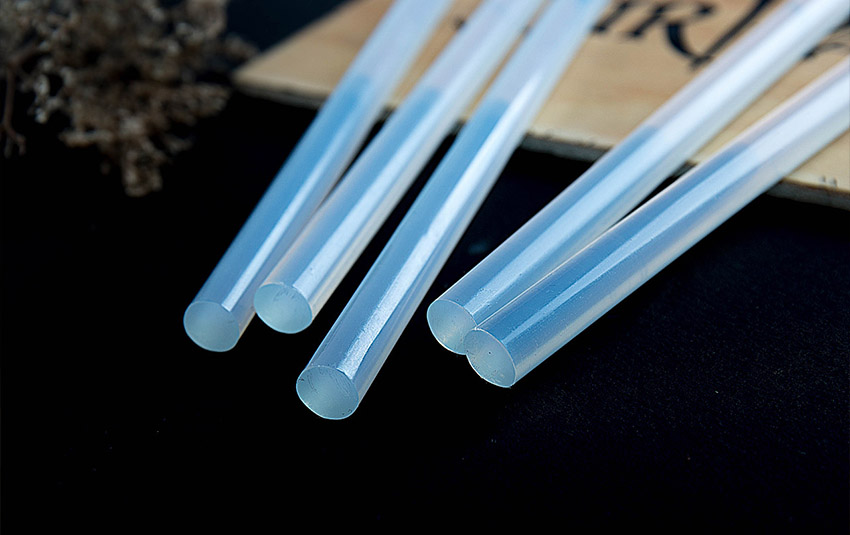
SBS in Adhesive Formulations
SBS is one of the most important base materials used in the formulation of hot melt and pressure-sensitive adhesives. Its molecular structure provides a balance between cohesive strength and tack, which is essential for bonding different substrates like leather, fabric, metal, and plastic. The styrene blocks give hardness and strength, while the butadiene blocks offer elasticity and excellent wetting properties. This combination allows adhesives to maintain flexibility without losing adhesion under mechanical stress or temperature changes.
Advantages of SBS in Adhesive Applications
- Strong adhesion to porous and nonporous surfaces, suitable for varied materials in footwear assembly.
- Fast setting and curing times, improving production efficiency in high-volume applications.
- High peel and shear strength, maintaining bond integrity under dynamic stress.
- Resistance to thermal expansion and vibration, enhancing long-term stability.
In footwear adhesives, SBS is often blended with tackifying resins and plasticizers to achieve specific performance targets such as open time, flexibility, and adhesion to synthetic leather. It is also used in packaging, bookbinding, and automotive interior applications, where high tack and elasticity are valued.
Comparison of SBS Performance in Footwear and Adhesives
| Application Area | Functional Role | Key Benefits |
| Footwear | Material for soles, midsoles, and cushioning parts | Flexibility, slip resistance, impact absorption |
| Adhesives | Base polymer in hot melt and pressure-sensitive adhesives | Strong bonding, fast curing, elasticity under stress |
Future Development and Sustainability Trends
With the growing demand for sustainable materials, SBS manufacturers are exploring low-VOC formulations and recyclable blends to reduce environmental impact. Advances in hydrogenated SBS and bio-based modifiers are extending the polymer’s thermal and oxidative stability, making it suitable for long-lasting and eco-friendly footwear and adhesives. Integration of SBS into circular manufacturing systems is expected to further strengthen its role as a high-performance, sustainable elastomer in industrial production.

